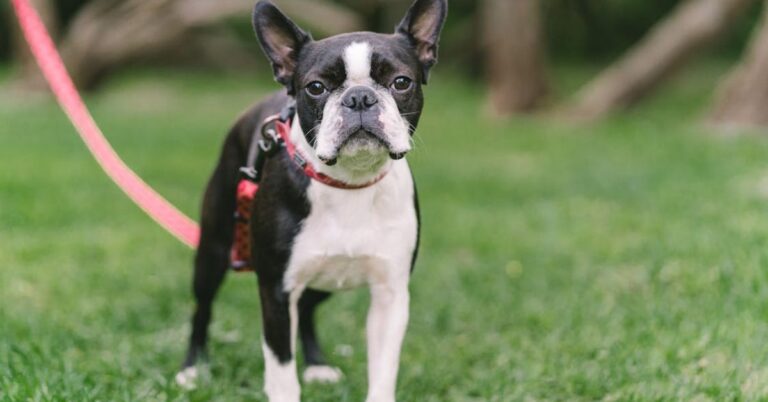20 Things That Set The Siberian Husky Apart In The Canine World
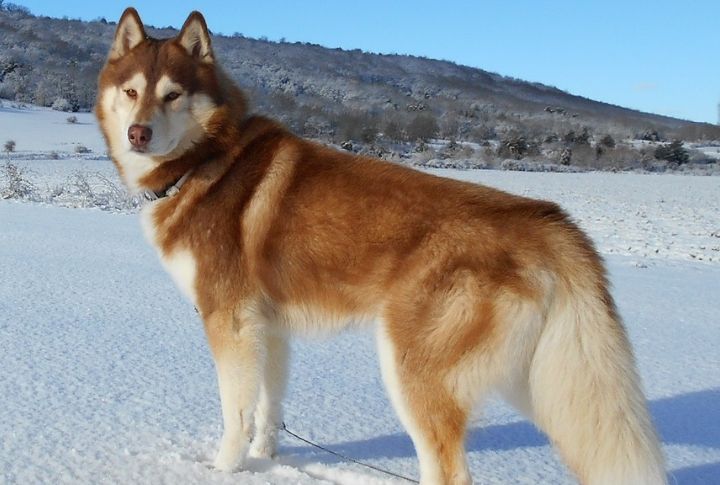
Siberian Huskies are more than beautiful dogs with blue eyes. They carry unique traits that come from generations of purpose-driven breeding. If you’ve ever been curious about what sets them apart, now is the time to learn. Explore these 20 fascinating facts that explain why the Siberian Husky continues to stand out in the canine world.
Blue Eyes That Can Change Color
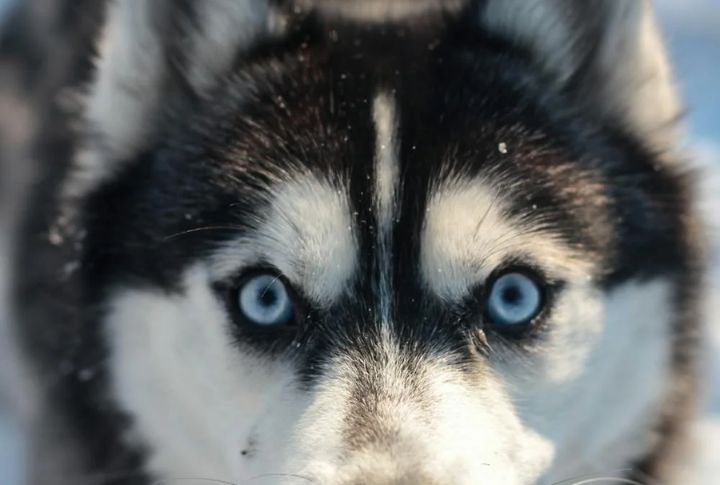
Siberian Huskies are known for their bright blue or bi-colored eyes. What’s fascinating is that their eye color can shift as they age. Heterochromia, characterized by two different-colored eyes, is a common and purely cosmetic condition. It’s a rare trait in most breeds but iconic among Huskies.
Wolf-Like Howls, Never Barks
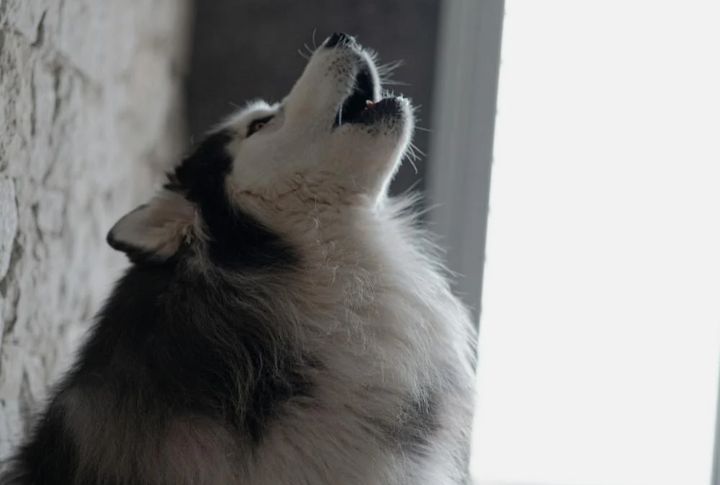
Instead of barking, Huskies prefer howling. Their vocal range includes chirps and yowls. These sounds mimic wolf communication, reflecting their close genetic roots. Their vocalizations can sound eerily like sirens or human speech, making them one of the most talkative and expressive breeds without being traditional barkers.
Built For Arctic Endurance

Bred by the Chukchi people, Siberian Huskies were designed to haul sleds over long distances. Their double coat insulates them against temperatures as low as -20°F without overheating. Specialized paws provide traction on snow. This endurance build allows them to thrive in extreme cold with minimal physical discomfort.
Escape Artists With Map Memory

Huskies are notorious for escaping yards by climbing fences and digging tunnels, or even opening latches. Some have traveled miles and returned home, reportedly remembering entire trail systems. Their spatial memory is exceptional, and they require secure enclosures to prevent unintended journeys.
Pack Mentality Without Aggression
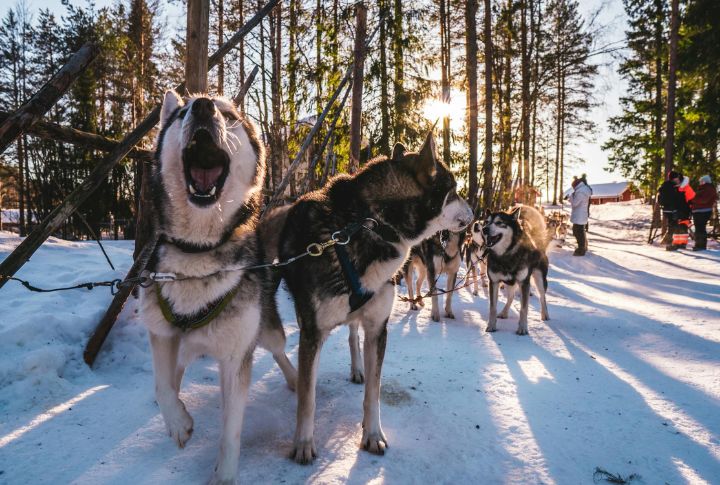
While deeply social and pack-oriented, Huskies aren’t natural guard dogs. They bond easily with both people and other dogs. Aggression is rare when properly socialized. They thrive in multi-dog households or teams, where their cooperative instincts are put to good use.
Ancient Bloodlines Still Untouched
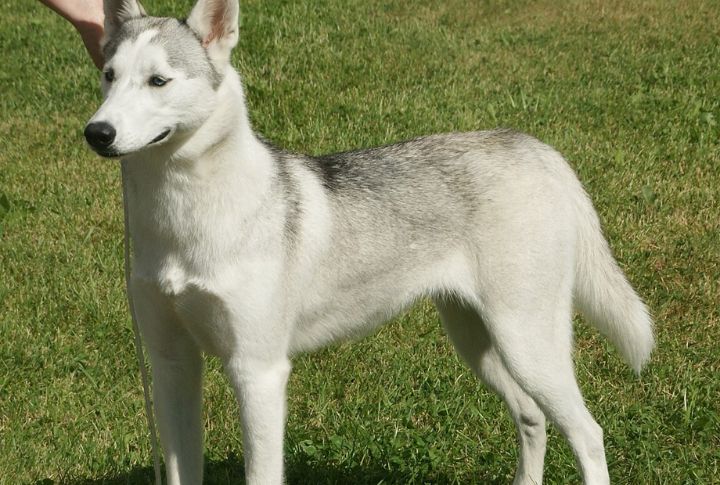
Genetically, Siberian Huskies remain close to their Arctic ancestors. DNA studies show little modern crossbreeding and the preservation of traits that predate many Western dog breeds. Their lineage links directly to early sled dogs, giving them both historical value and biological consistency in their work skills.
Athletes That Eat Less Than You’d Think
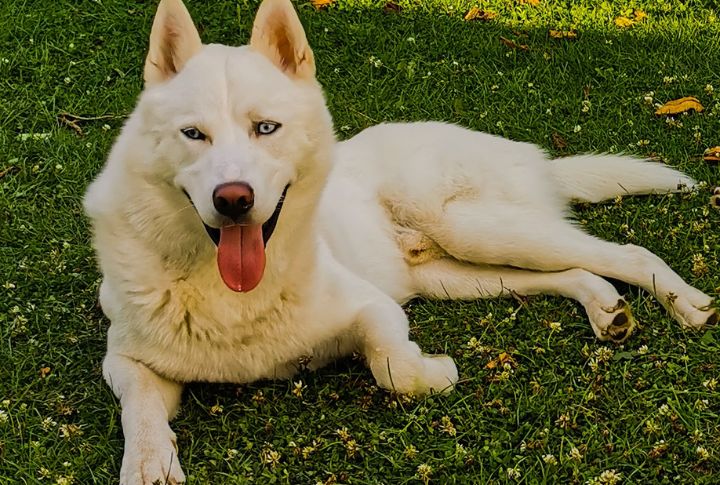
Huskies have an efficient metabolism that lets them run long distances with surprisingly low-calorie intake. Compared to similar-sized breeds, they need less food. Overfeeding can actually slow them down, leading to decreased performance and increased fatigue, rather than improved strength or stamina.
Born With The Zoomies
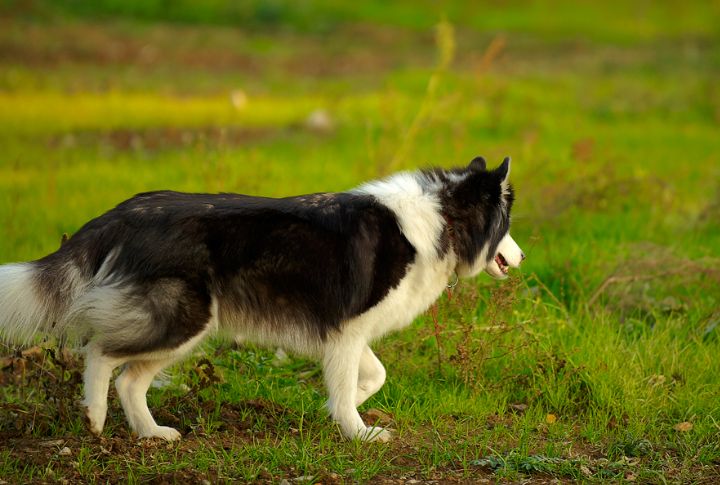
High energy is hardwired into Huskies. Daily “zoomies” and sudden, fast dashes help them release stress and excitement. They’re often triggered by physical activity, new surroundings, or interaction. Without regular outlets for both mental and physical stimulation, this high-energy behavior can turn into a destructive habit.
They Shed Like It’s Their Job
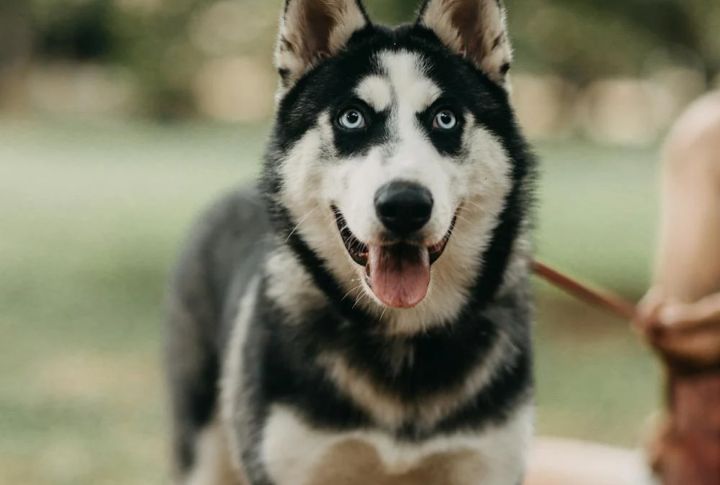
The breed sheds heavily twice a year during seasonal coat changes. This process, called “blowing coat,” releases thick tufts of undercoat in massive amounts. Regular brushing helps manage the mess. Shaving is discouraged, as it disrupts the breed’s natural insulation and heat regulation.
Cold Weather Sleep Champions

Huskies sleep curled into tight balls with their tails covering their noses. This instinctive position traps warm air and protects them from snow and wind. They can nap directly on ice or snow without blankets, thanks to their built-in adaptations for frigid environments.
Husky Smiles Are A Real Thing

Facial muscles naturally form a lifted expression that resembles a human grin. This “smile” becomes especially visible during excitement or physical activity. It’s beyond cute and encourages stronger emotional bonding between humans and dogs, making them favorites in therapy and service roles.
Genetic Footprint That Resists Obedience
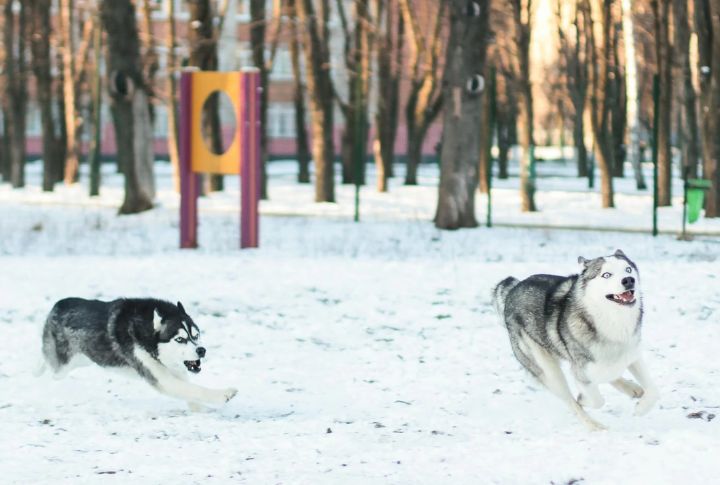
Obedience doesn’t come easily. They possess high intelligence, but their motivation depends on independence, rather than praise. Training requires consistency and a sense of humor. Even experienced handlers find it challenging. These dogs think for themselves, which is admirable but often frustrating for first-time owners.
No Doggy Drool Here
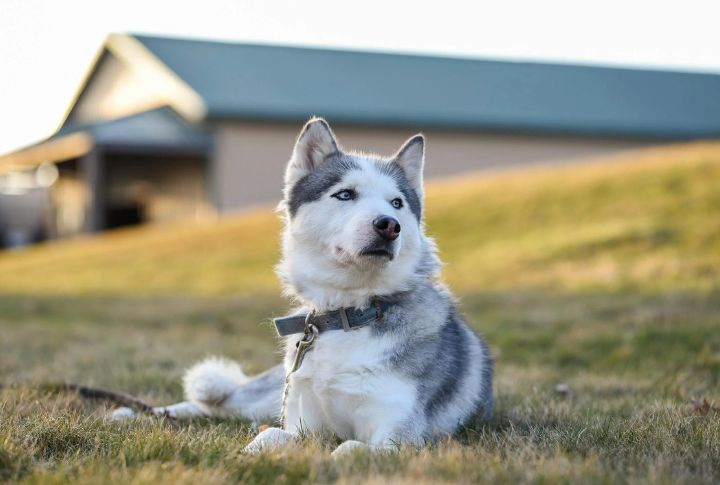
Tight, dry lips keep slobber to a minimum. Unlike many large breeds, the Siberian Husky rarely drools, making cleanup easier. Only illness or extreme stimulation triggers noticeable saliva. Households looking for cleaner, lower-maintenance pets often prefer this low-drool trait over other working breeds.
Can Regulate Body Heat On The Go

Thermoregulation is built into their coat and breathing system. Panting cools them efficiently without rapid dehydration, while the outer coat reflects sun and sheds moisture. These built-in tools let Huskies shift from bursts of activity to rest with ease, though even snow won’t always prevent overheating.
Tails That Double As Scarves

Their curled tails function like scarves that wrap over the dog’s nose while sleeping in cold environments. This behavior helps warm the air before it is inhaled. It’s not just a quirky trait—it’s an evolutionary tool that conserves body heat without needing blankets or human intervention.
Ears That Never Miss A Sound
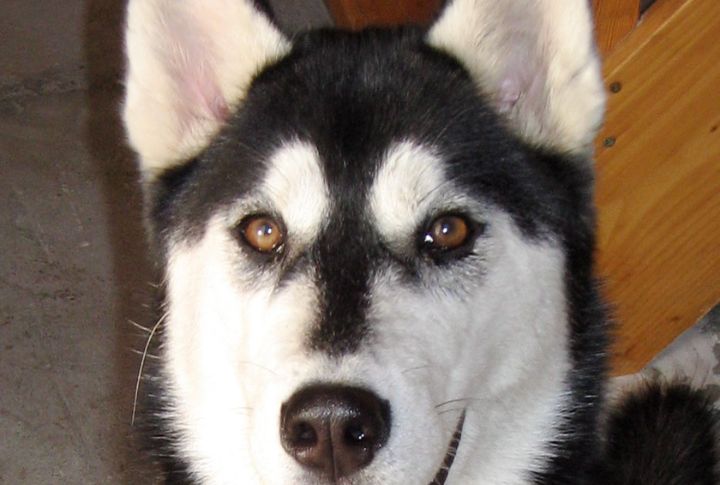
These dogs can detect sounds beyond 40 kHz. Their upright triangular ears funnel vibrations with precision, keeping them aware even during rest. In working scenarios, this acute hearing helps them track commands or environmental hazards, adding another layer of efficiency to the breed’s communication abilities.
Sled Legends Of The Serum Run
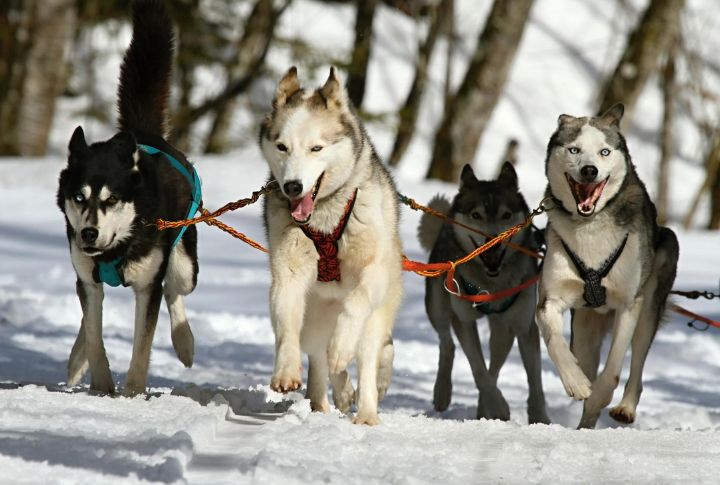
In 1925, teams of Huskies helped deliver diphtheria antitoxin to Nome, Alaska, covering over 600 miles in brutal conditions. Balto and Togo became national icons. Their heroism solidified public respect for the breed’s resilience and life-saving capabilities during extreme Arctic emergencies.
Voice Mimicry That Borders On Human

Siberian Huskies often imitate speech patterns, responding with sounds that resemble words. Some of them “talk back” when spoken to or mimic sirens. Mushers historically relied on these vocalizations for coordination. Today, the behavior lives on in viral videos and social media highlights.
Facial Masks That Vary Like Fingerprints
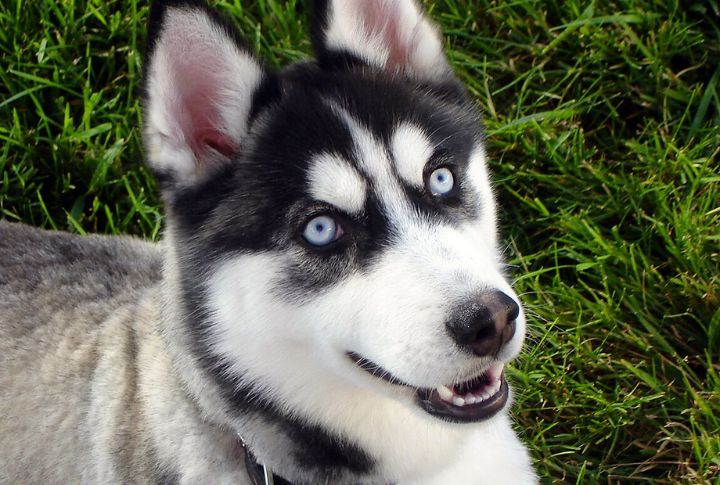
The unique markings that surround their eyes and muzzle act like canine fingerprints. No two patterns match. Shades include black, red, agouti, or gray, and breeders often use them for identification. These striking masks contribute heavily to the breed’s recognizability in dog shows.
High Prey Drive With Minimal Aggression
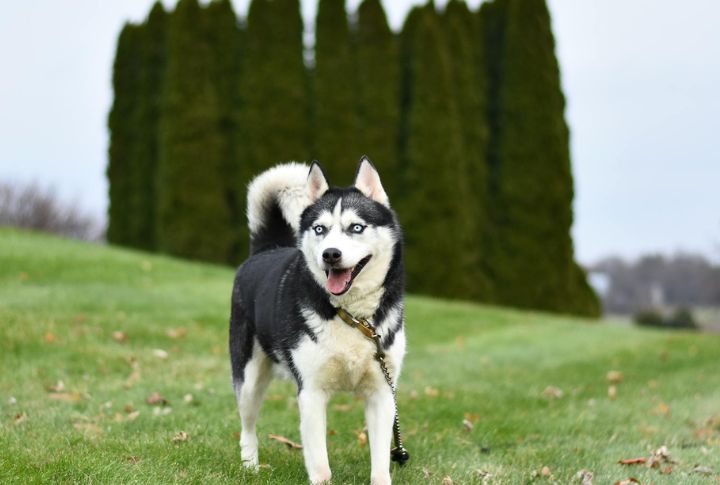
They’re quick to chase smaller animals like rabbits or squirrels, yet rarely aggressive toward humans or dogs. Socialization from an early age helps manage this instinct. This behavior is rooted in movement response, not dominance, making early exposure to other pets essential.





